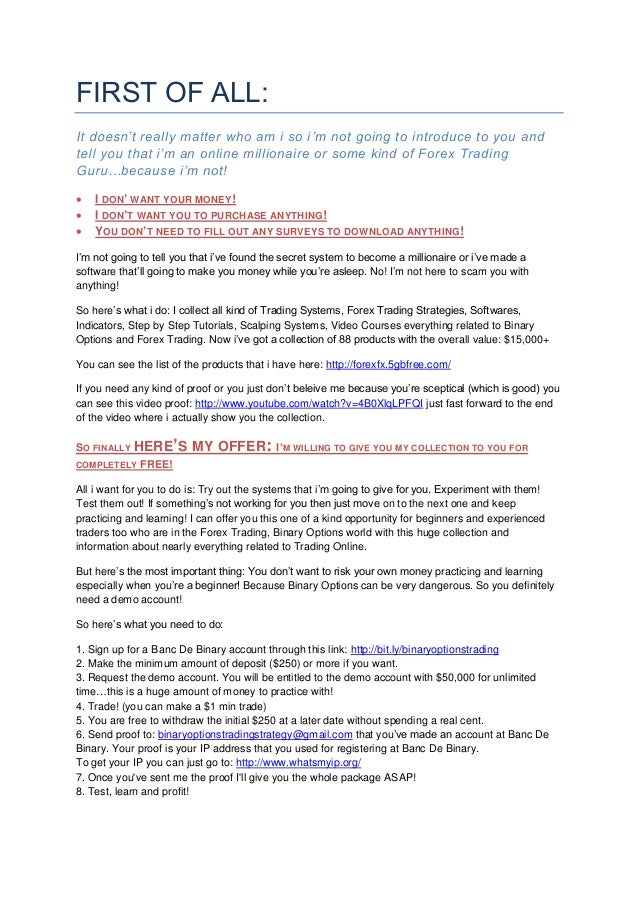In the intricate landscape of financial markets, options trading stands out as a versatile and potent tool. An option contract bestows upon its holder the privilege, yet not the obligation, to buy (call option) or sell (put option) an underlying asset at a specified price on or before a predetermined date. Understanding the fundamentals of options trading is paramount for investors seeking to harness its potential for profit and risk management.

Image: www.slideshare.net
A Glimpse Into the History of Options Trading
The origins of options trading can be traced back to ancient Greece, where merchants and traders employed a crude form of options to hedge against price fluctuations in agricultural commodities. However, it was not until the 17th century that options trading took a more organized form in the bustling markets of Amsterdam and London, where merchants used options to mitigate the risks associated with international trade.
Over the centuries, options trading has evolved significantly, with the introduction of standardized options contracts and the advent of options exchanges. Today, options are traded on exchanges around the world, providing investors with access to a wide range of underlying assets, including stocks, bonds, currencies, and commodities.
Dissecting Basic Option Concepts
At its core, an option contract comprises four fundamental elements:
• Underlying Asset: The financial asset (e.g., stock, bond, currency) that the option represents.
• Strike Price: The price at which the holder may buy or sell the underlying asset.
• Expiration Date: The date on which the option contract expires and becomes worthless.
• Premium: The upfront payment made by the buyer to acquire the option contract.
Exploring Call and Put Options
The two primary types of options are call options and put options. Call options grant the buyer the right to buy the underlying asset at the strike price, while put options grant the buyer the right to sell the underlying asset at the strike price.
Call Option:
- Right to buy the underlying asset at the strike price.
- Profitable when the market price of the underlying asset rises above the strike price.
Put Option:
- Right to sell the underlying asset at the strike price.
- Profitable when the market price of the underlying asset falls below the strike price.

Image: www.reddit.com
Trading Option Basics

Image: www.youtube.com
Leveraging Options for Risk Management and Profit Generation
Options trading offers investors a versatile tool for both risk management and profit generation.
-
Risk Management: Options can be used to hedge against price fluctuations in the underlying asset. For example, an investor holding a stock can buy a put option to protect against a potential decline in the stock’s price.
-
Profit Generation: Options can be traded speculatively in anticipation of price movements in the underlying asset. A trader who believes the stock will rise can buy a call option, while a trader who believes the stock will fall can buy a put option.






